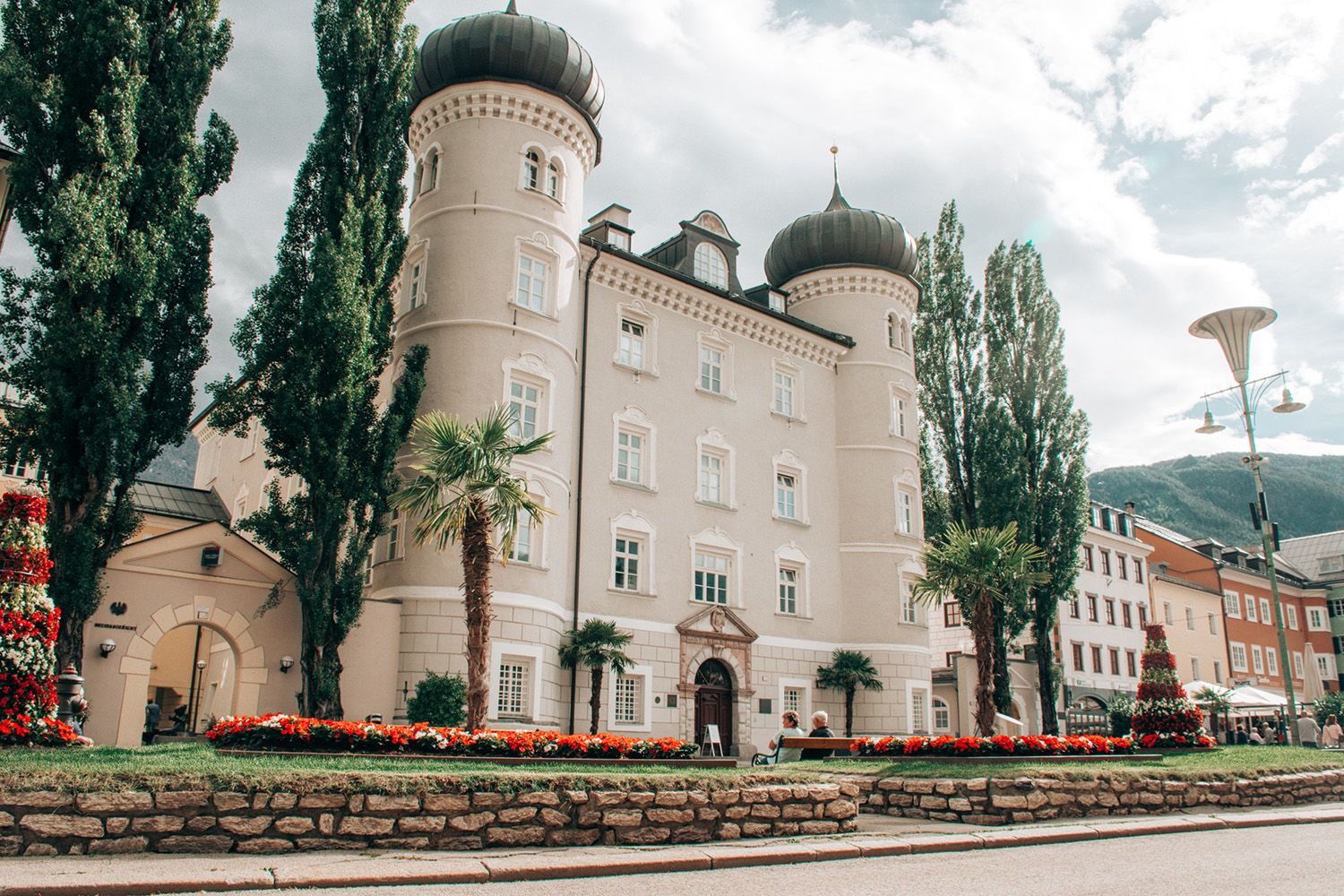
Lienz, probably the sunniest town in Tyrol, is picturesquely situated behind the Tauern mountains. This location gives the town a special charm. The unique dialect of the inhabitants tells of the regional identity and invites you to get to know the culture and traditions of East Tyrol. Lienz is a fascinating place that combines the beauty of the Alps with an unmistakable atmosphere and is ideal for exploring on a walking tour.

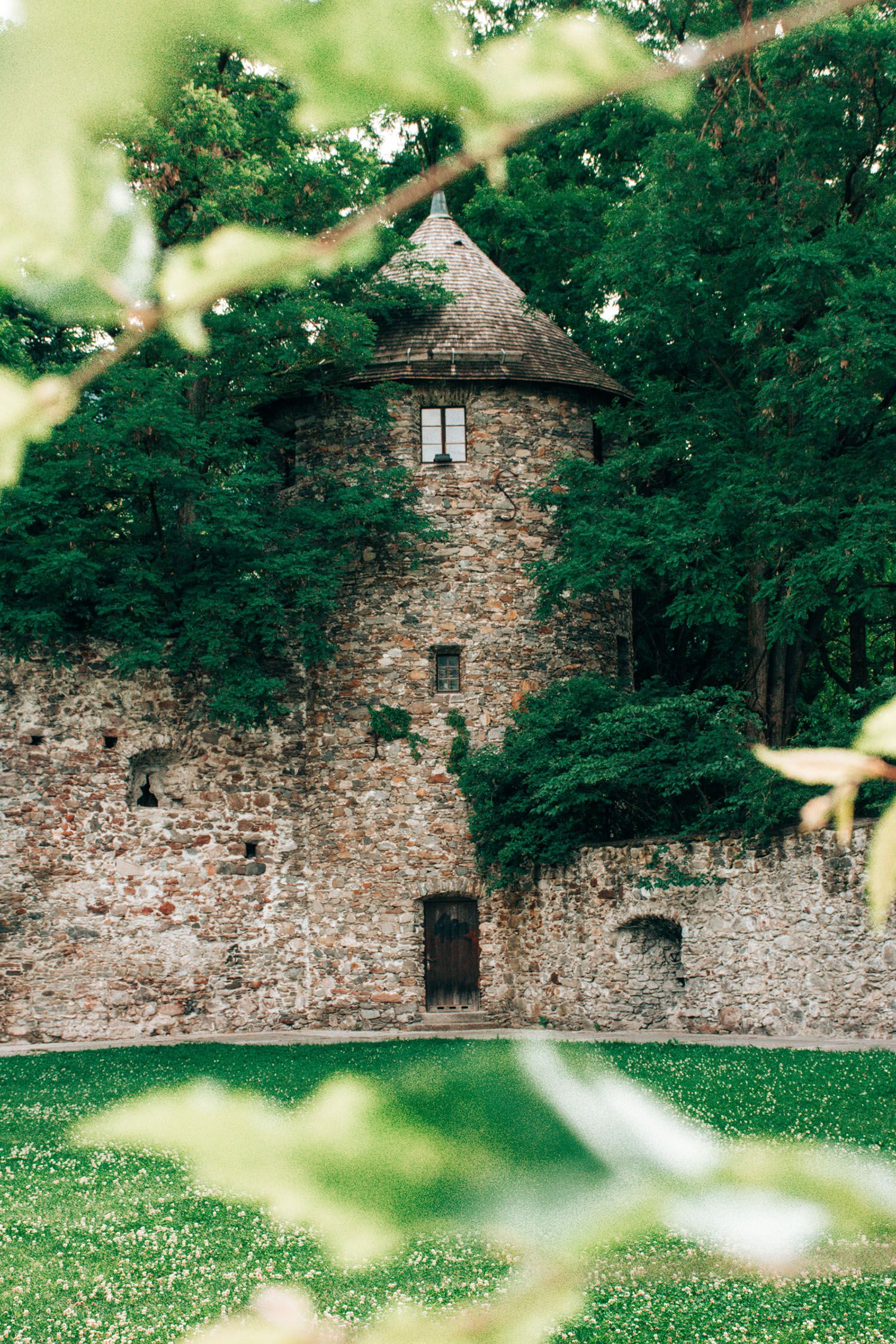
Lienz is the largest district in Tyrol in terms of area, but is separated from North Tyrol by Italy and Salzburg and thus forms an exclave of the federal state of Tyrol.
A sculpture by Jos Pirkner points the way at the beginning of the tour. The East Tyrolean artist has left his mark on many corners of Lienz. The hand pointing towards the centre is worn. Some guests believe that it brings good luck. Just a few steps behind the finger pointing is Lienz's main square. The 17th century Liebburg castle stands prominently there, with its onion domes making it one of the town's most popular photo motifs.
But what catches the eye even more is the unusual planting. A large number of palm trees bring a Mediterranean touch to the square. Due to its location on the southern side of the Alps, the Lienz basin is very warm in summer. There have been palm trees here since the 1930s, as old photos prove. In winter, however, it can get quite frosty. The plants are therefore brought back into the greenhouse in mid-October.
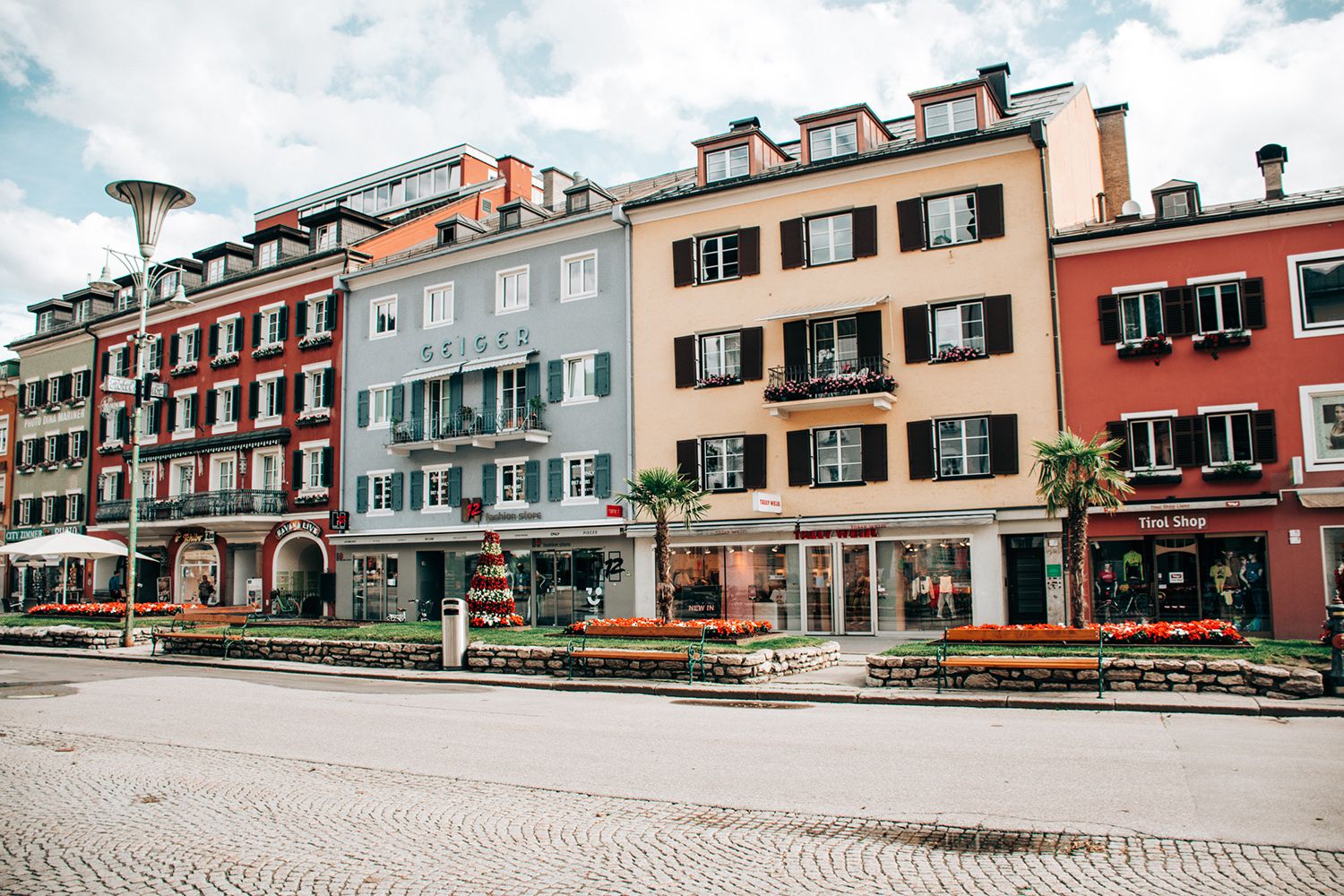
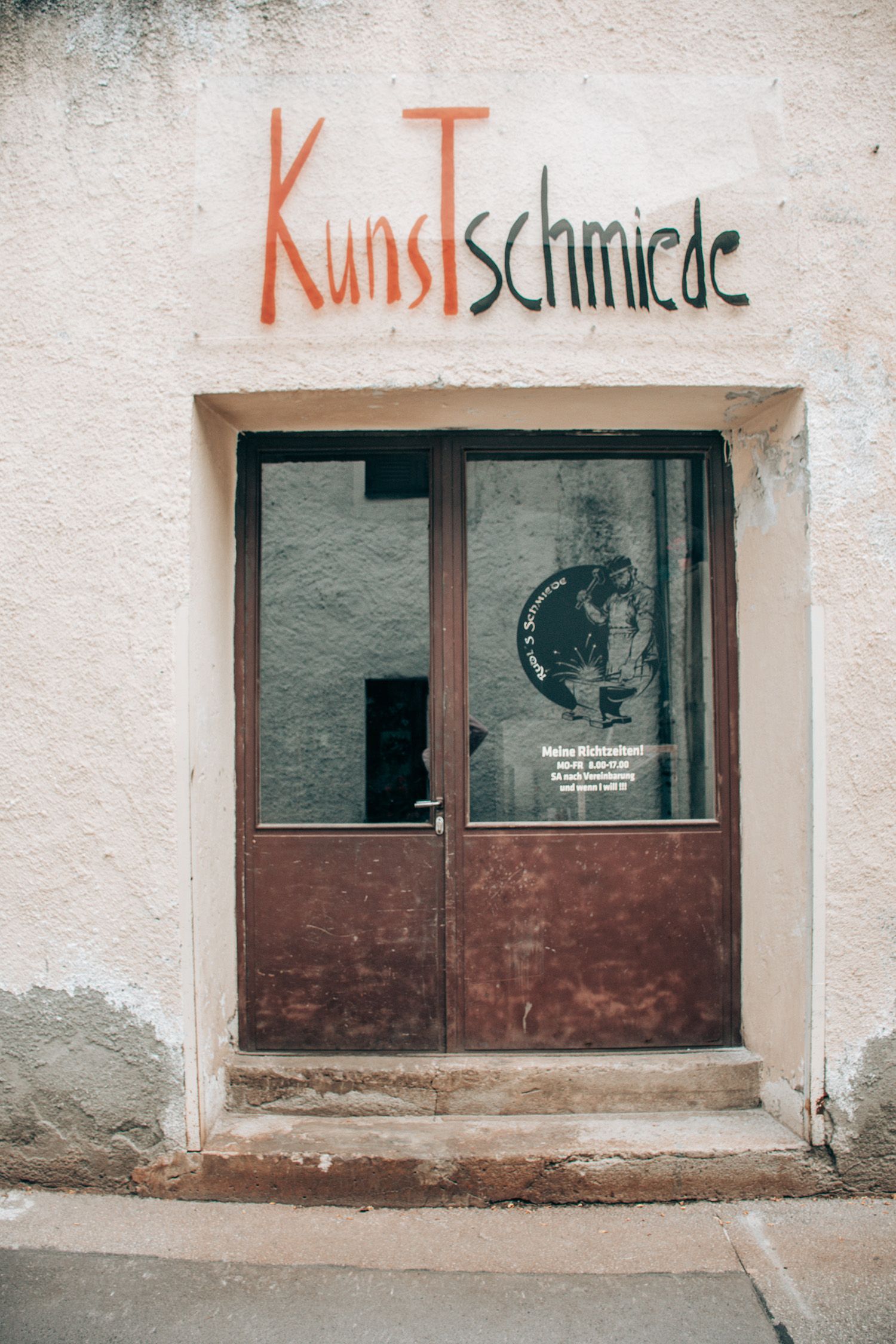
Cars are few and far between in Lienz, as large parts of the town centre are reserved for pedestrians. This creates space for a number of street cafés, which provide a relaxed atmosphere. Under the motto 'Model town for a better life', work is constantly being done to improve the quality of life. The colourful rows of houses also contribute to the harmonious cityscape.
Historically, East Tyrol took a different path than North Tyrol. The Counts of Gorizia in particular gave Lienz its present appearance. There has always been a lot of contact with the south and this can also be seen in the architecture.
But suddenly there is a break in the visual appearance: the modern Abraham House, designed by star architect Raimund Abraham, is out of the ordinary and yet fits perfectly into the picture. So they are brave too, the East Tyroleans.
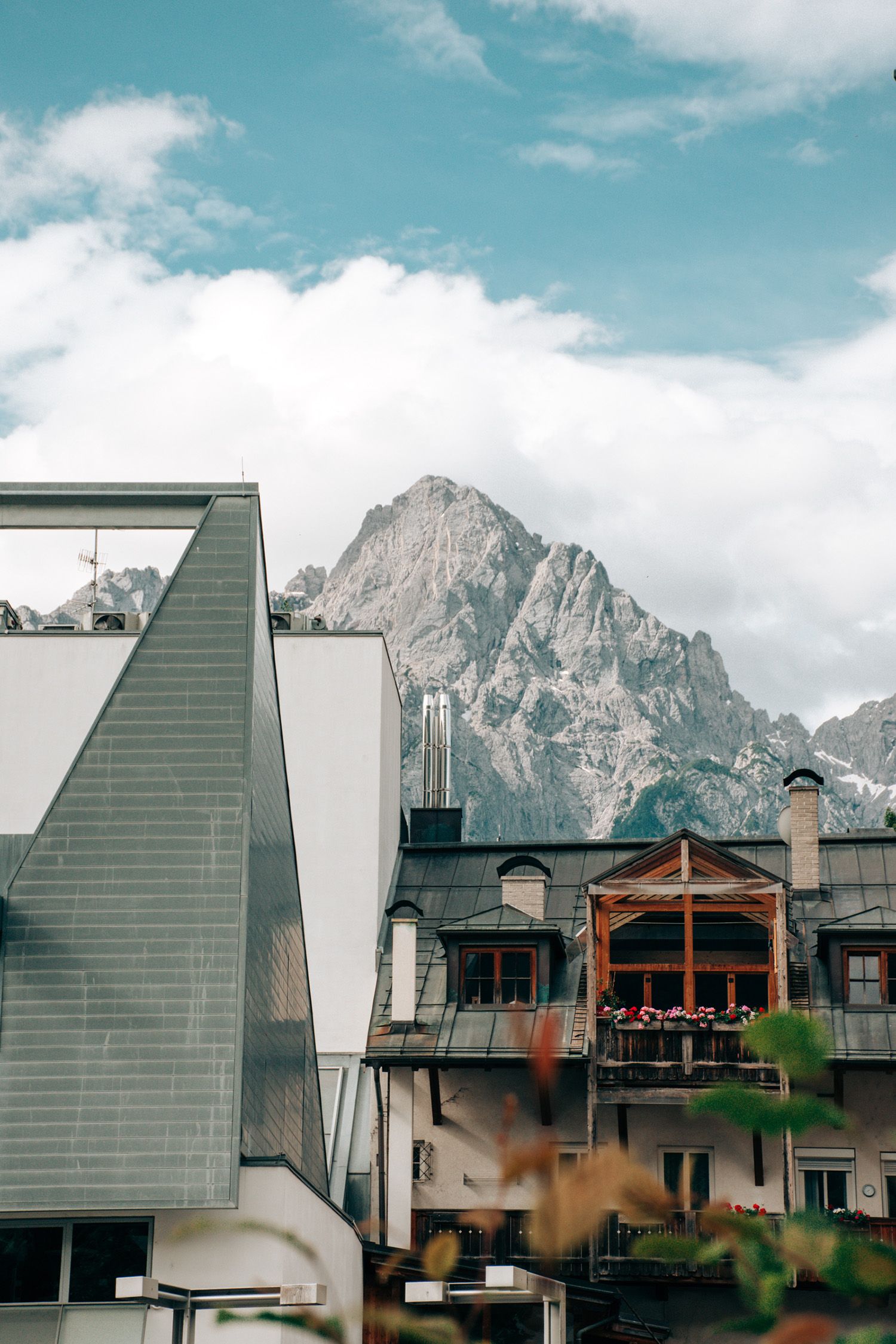
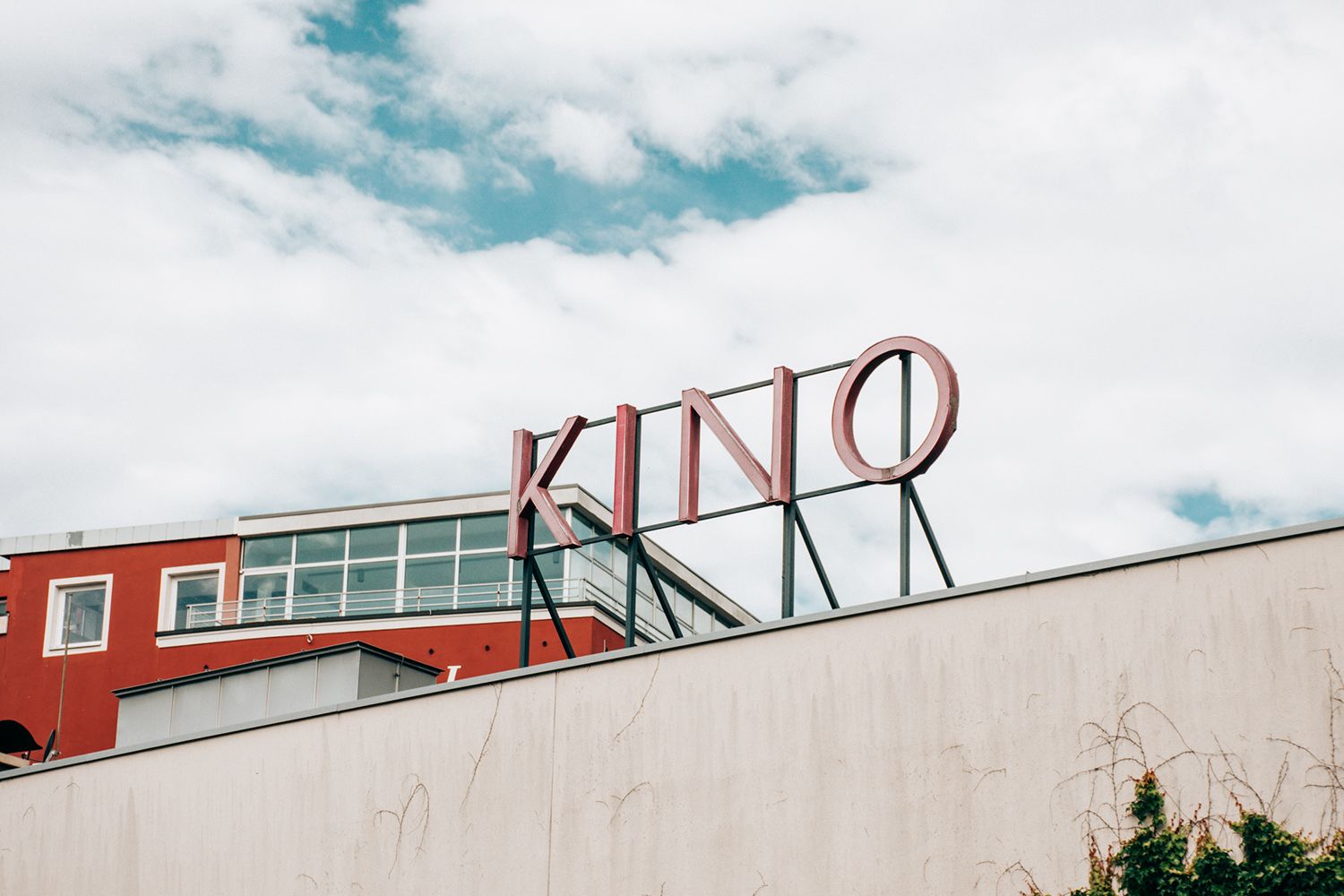
In the background, the peaks of the Lienz Dolomites and their local mountain, the Spitzkogel, tower into the sky. On the other side are the Hohe Tauern. The rugged mountains around Lienz were once called "the fiends". For good reason: before the invention of alpinism, there was little reason for people to venture into this rugged world. It was British travel journalists, for example, who coined the term "Lienz Dolomites" after they had previously explored the mountains in South Tyrol.
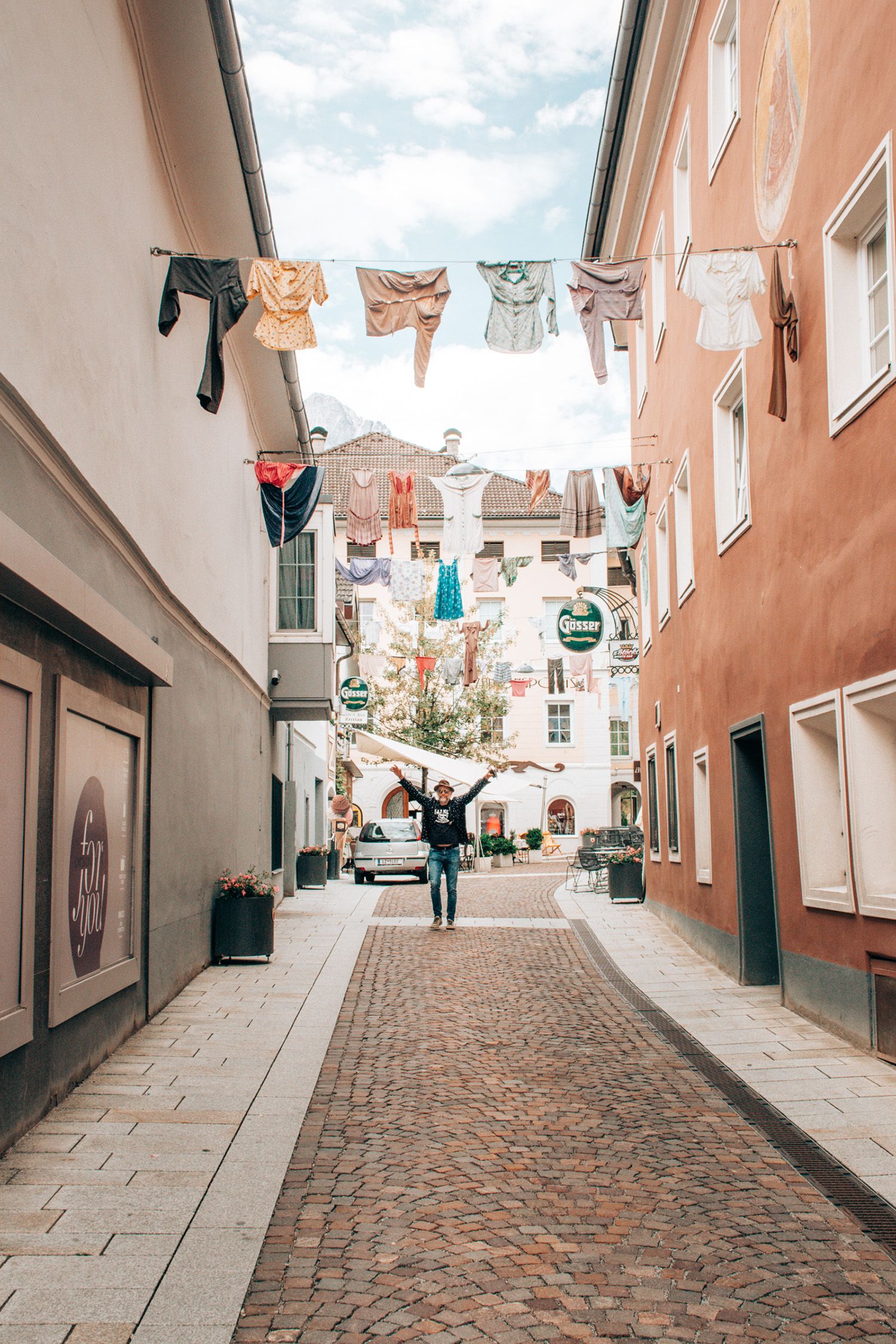
Friday and Saturday are market days in Lienz. Traders from neighbouring Italy present their specialities in Messinggasse, while organic farmers from the region sell fruit, vegetables, bacon and cheese. The atmosphere is relaxed here too: some stroll through the town market, others enjoy a glass of wine in one of the neighbouring pubs. Silvano Soravia offers award-winning natural ice cream in his ice cream parlour. He says: "I come from Perugia and lived in Stuttgart for a long time. For me, Lienz is exactly the middle ground. Southern flair with a northern love of order, a great mix".
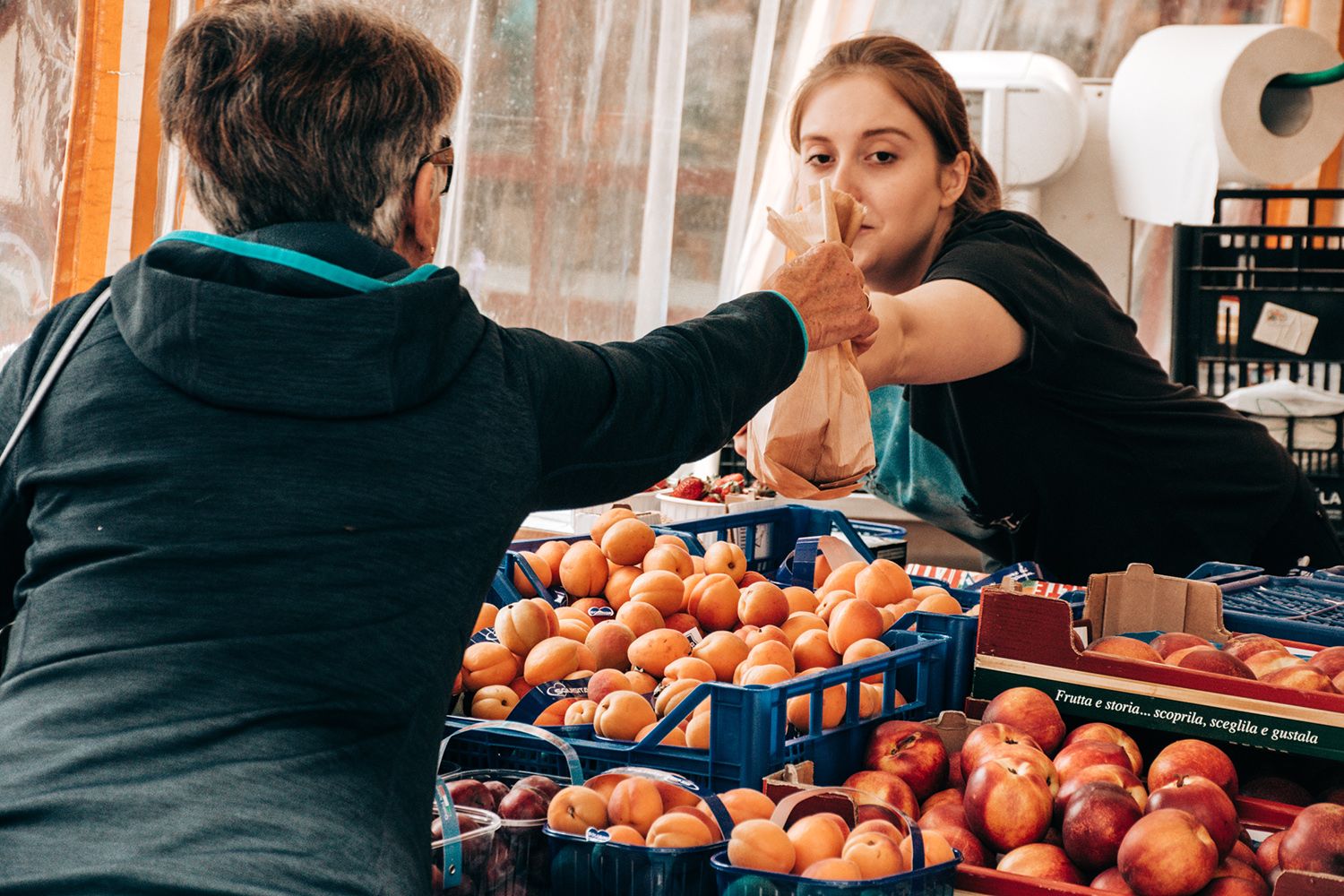
A stone's throw away is Rudolf Schwarzer's schnapps distillery - he is one of 400 distillers in East Tyrol. The region's original schnapps is called "Pregler", a high-proof brandy made from apples, pears and plums. But Pregler is just one of around 70 specialities stored in Rudolf Schwarzer's cellar. His latest experiment is "bitters", i.e. schnapps made with vermouth or Alpine herbs, for example. There are no fixed opening hours for the cellar, but when the shop is open, you can pop in at any time and sample the schnapps.
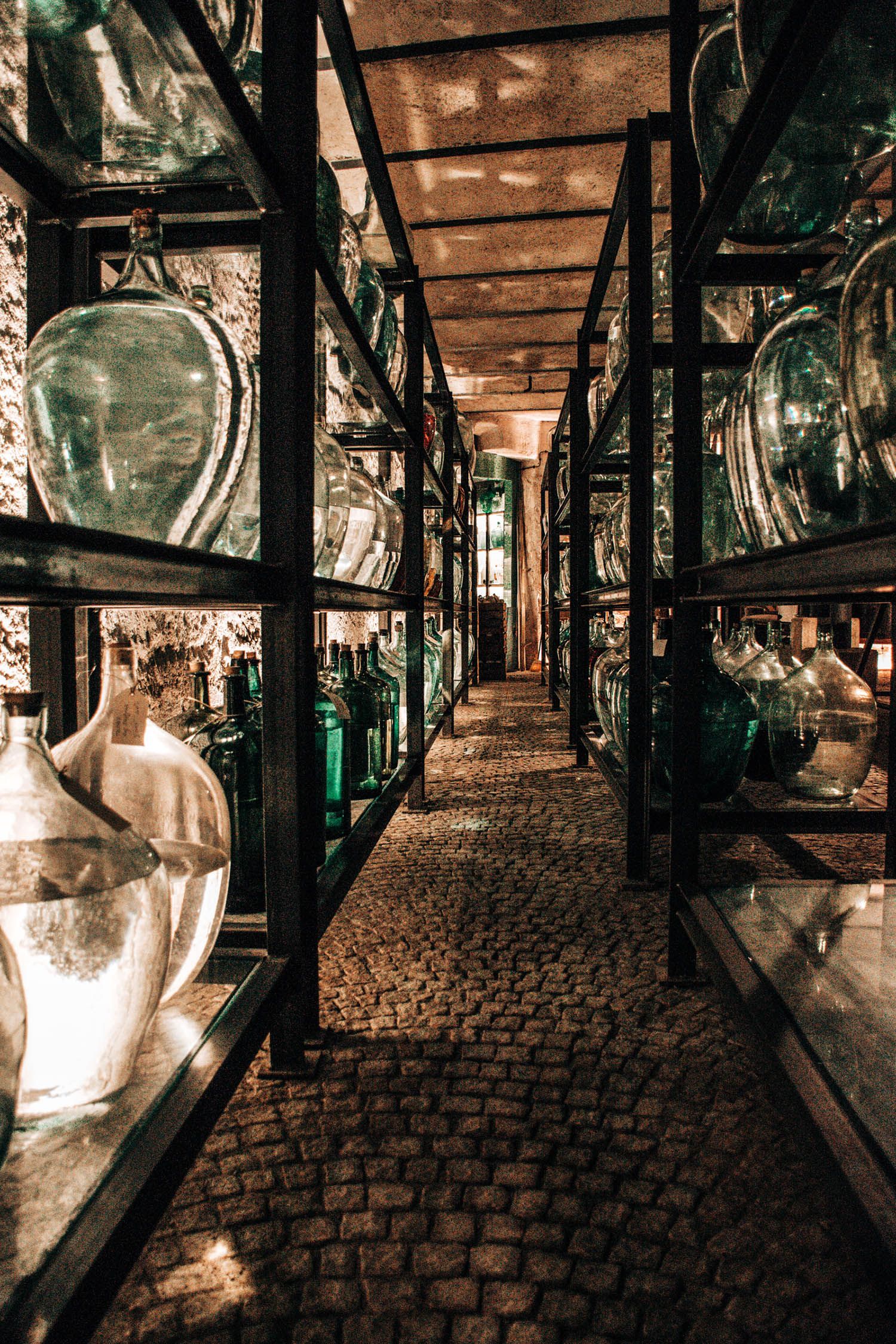
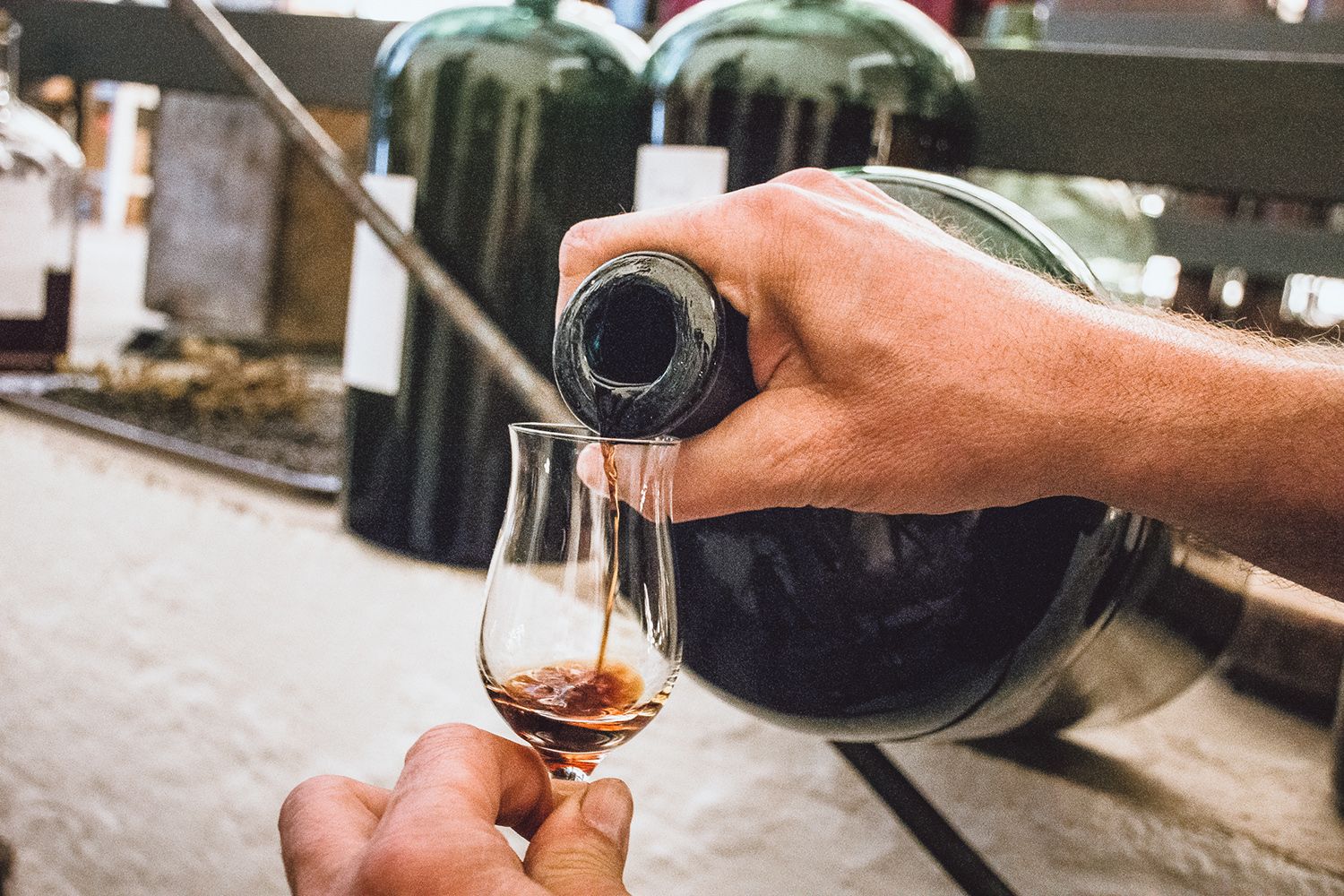
On a walk through the city, it is worth making a detour to the "Mocafe", which is said to serve the best - because it roasts its own - coffee in the city. The café is located a few steps from the centre, on the banks of the Isel. The river rises in the Hohe Tauern National Park and joins the Drau here, which then flows on to Carinthia. Here it is also possible to paddle a kayak through the centre of the town. The rafting schools also offer this for beginners. The people of East Tyrol are also proud of the "Dolomitenmann", one of the toughest relay competitions in the world. In addition to mountain running, paragliding and mountain biking, kayaking is also on the programme.
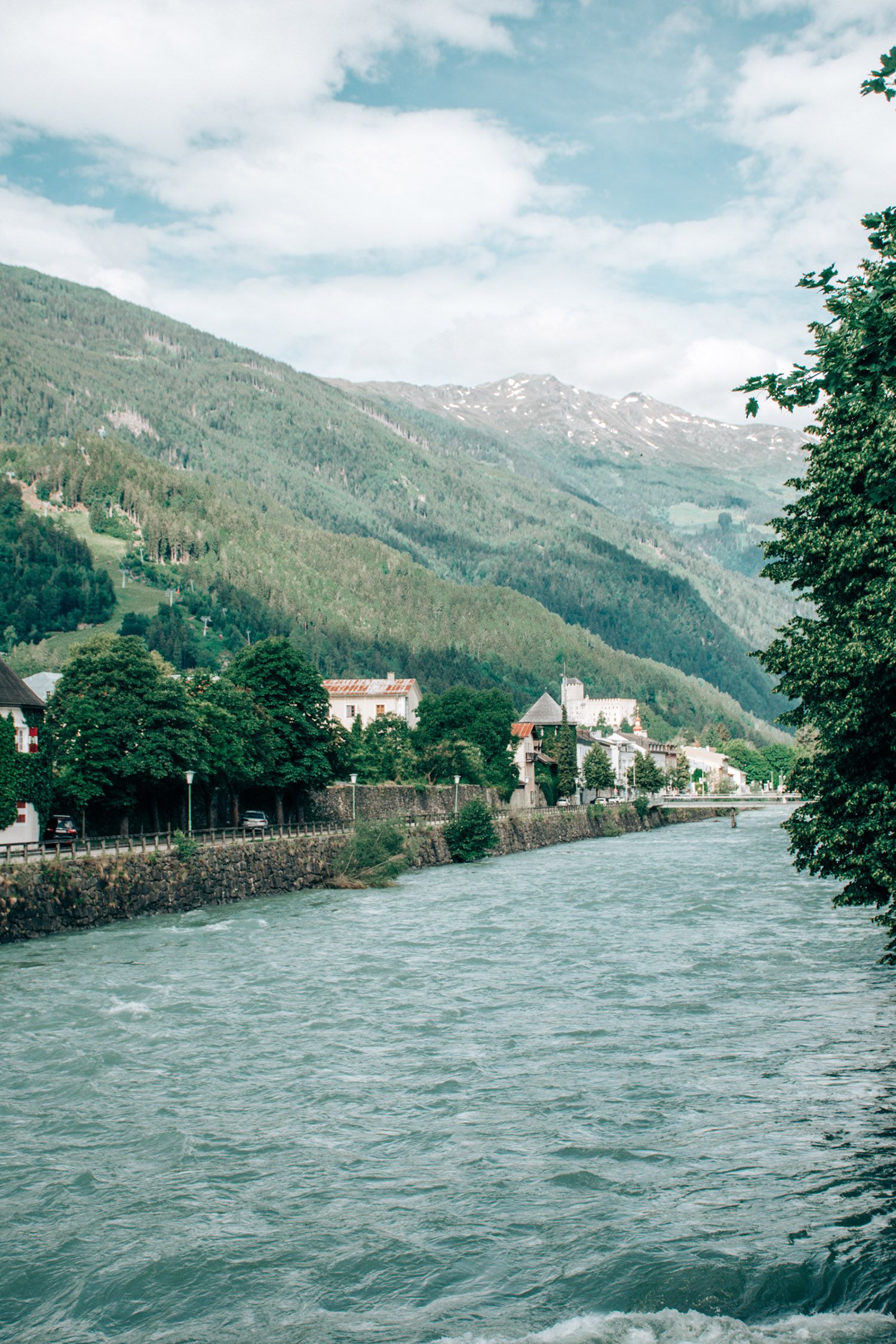
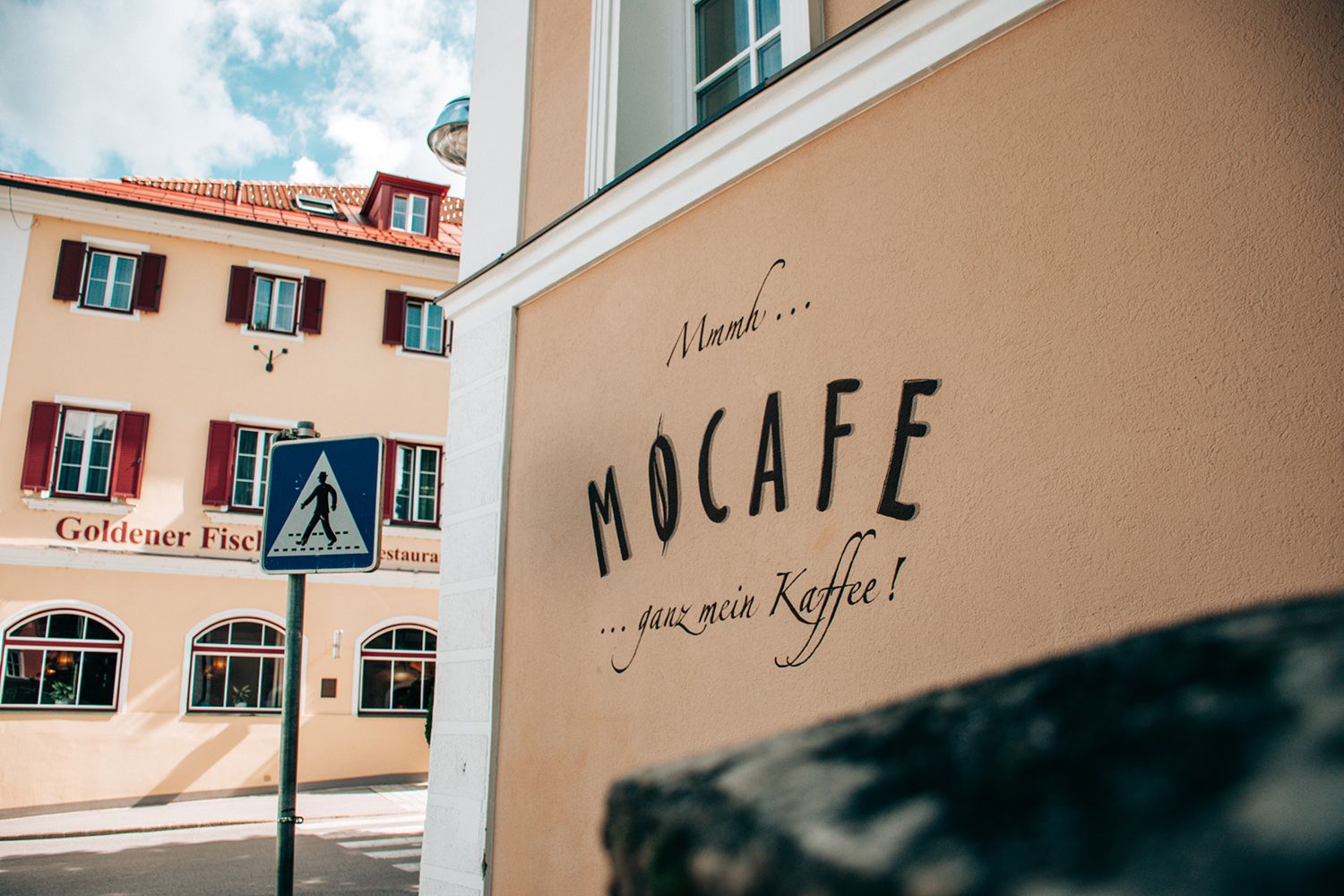
The "City Café Glanzl" is located on the town square. It is an institution in Lienz and one of three patisseries that produces the "Lienzer Lebzelt". This is a luxury version of gingerbread, flavoured with honey, cranberries, hazelnuts and spices. The recipe dates back to the 17th century and involves a whopping 20 steps. Finally, the biscuit is covered with a layer of marzipan with Bruck Castle embossed on it. The Lebzelt tastes wonderful with a cappuccino, even on a warm early summer's day.
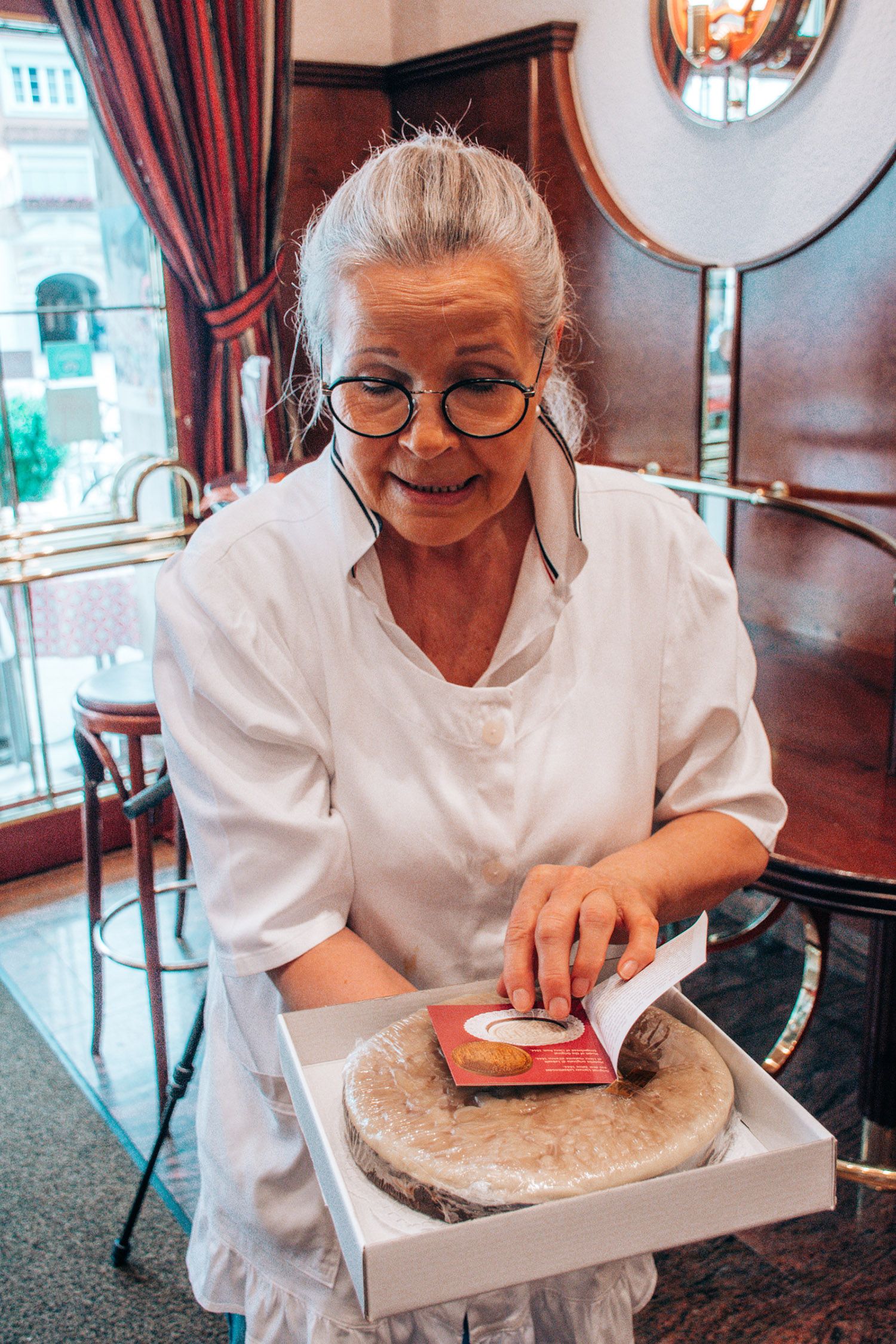
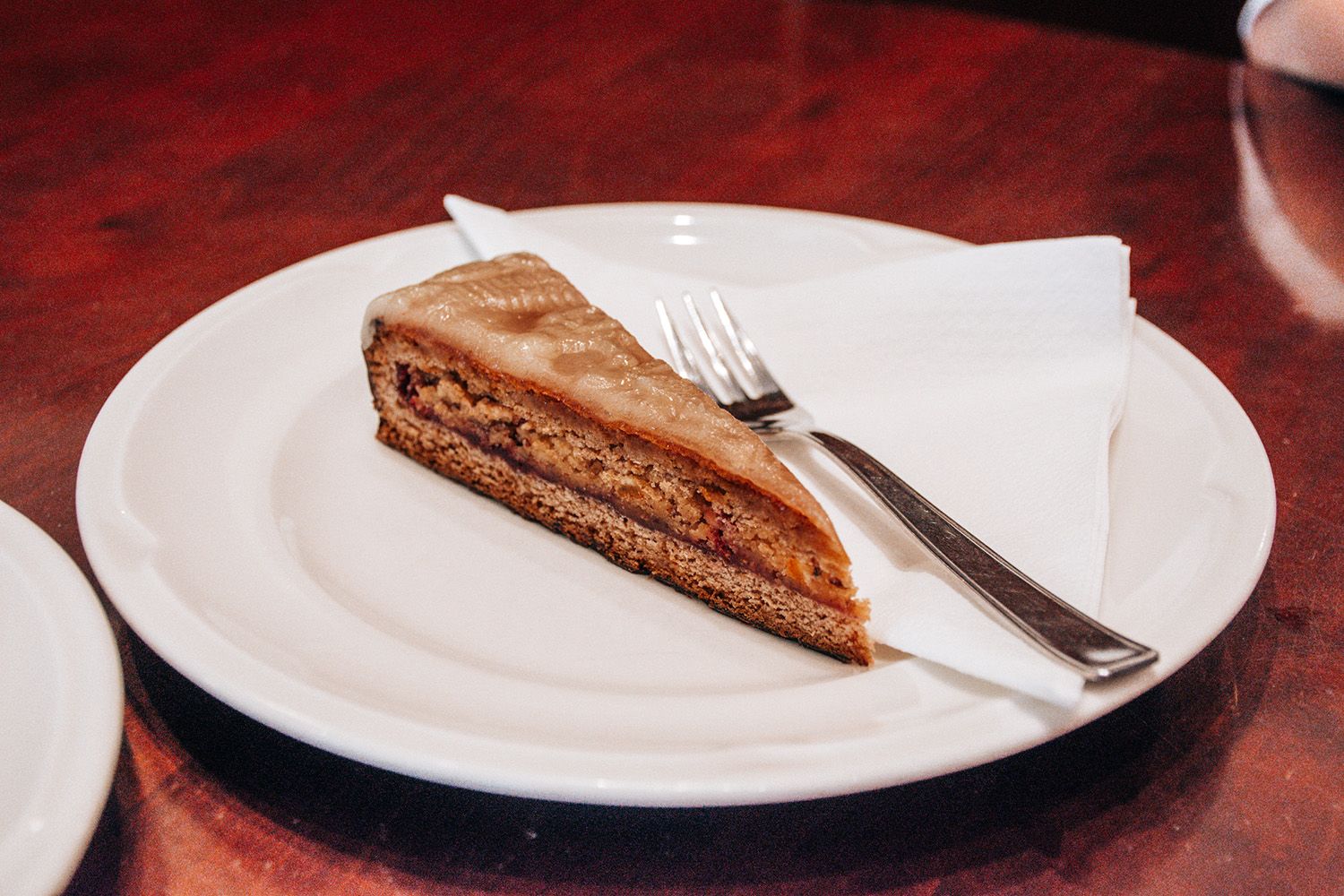
The aforementioned Bruck Castle is located just outside in the west of the city. The former residence of the Counts of Gorizia is an absolute must-see when travelling through the city. Bruck Castle boasts a beautiful castle chapel with frescoes from the 15th century, a very well organised permanent exhibition on the world-famous painter Albin Egger-Lienz and a fantastic view from the castle tower. A varied cultural programme with concerts and children's workshops round off the offer. The castle café is also popular, especially for breakfast and brunch.
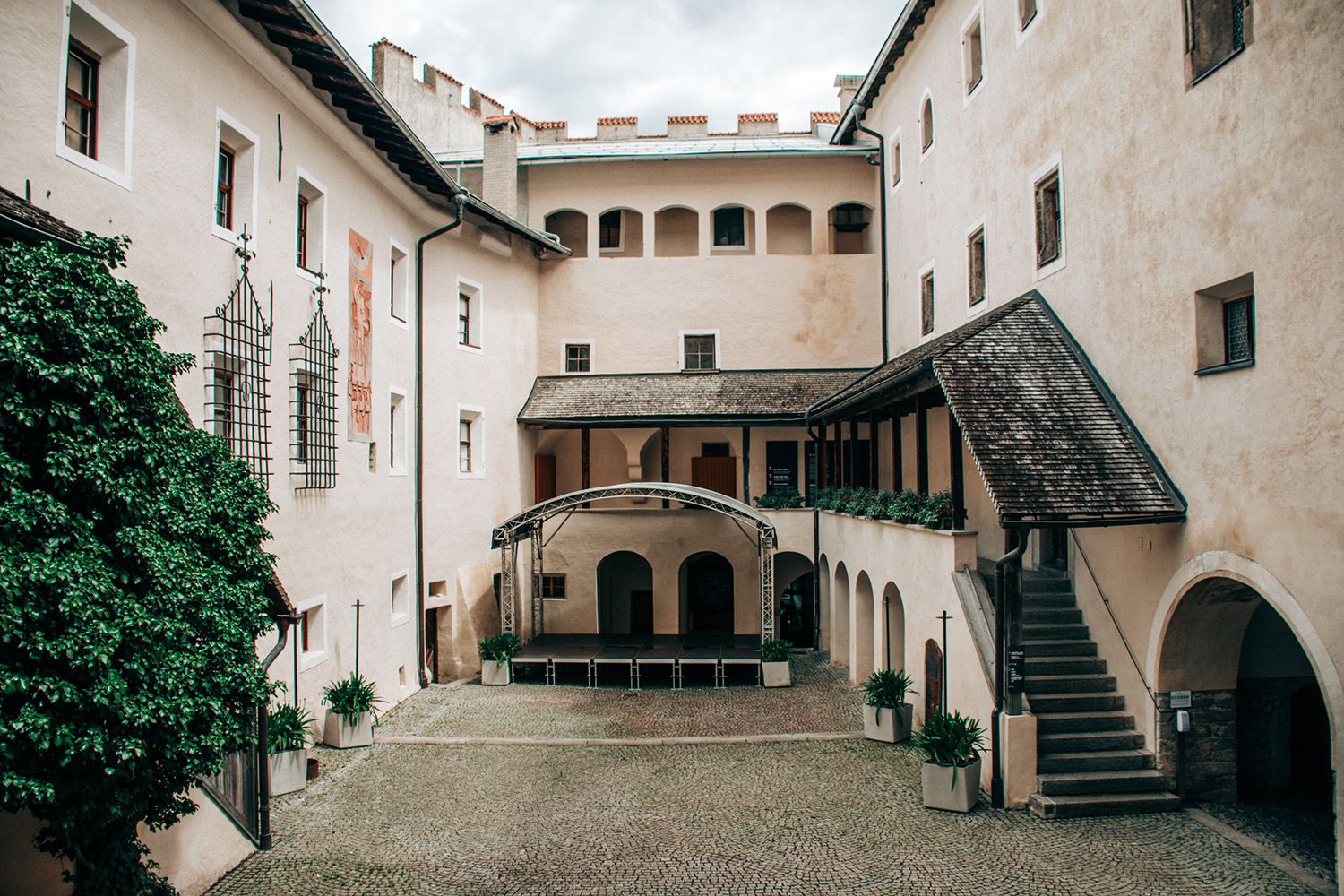
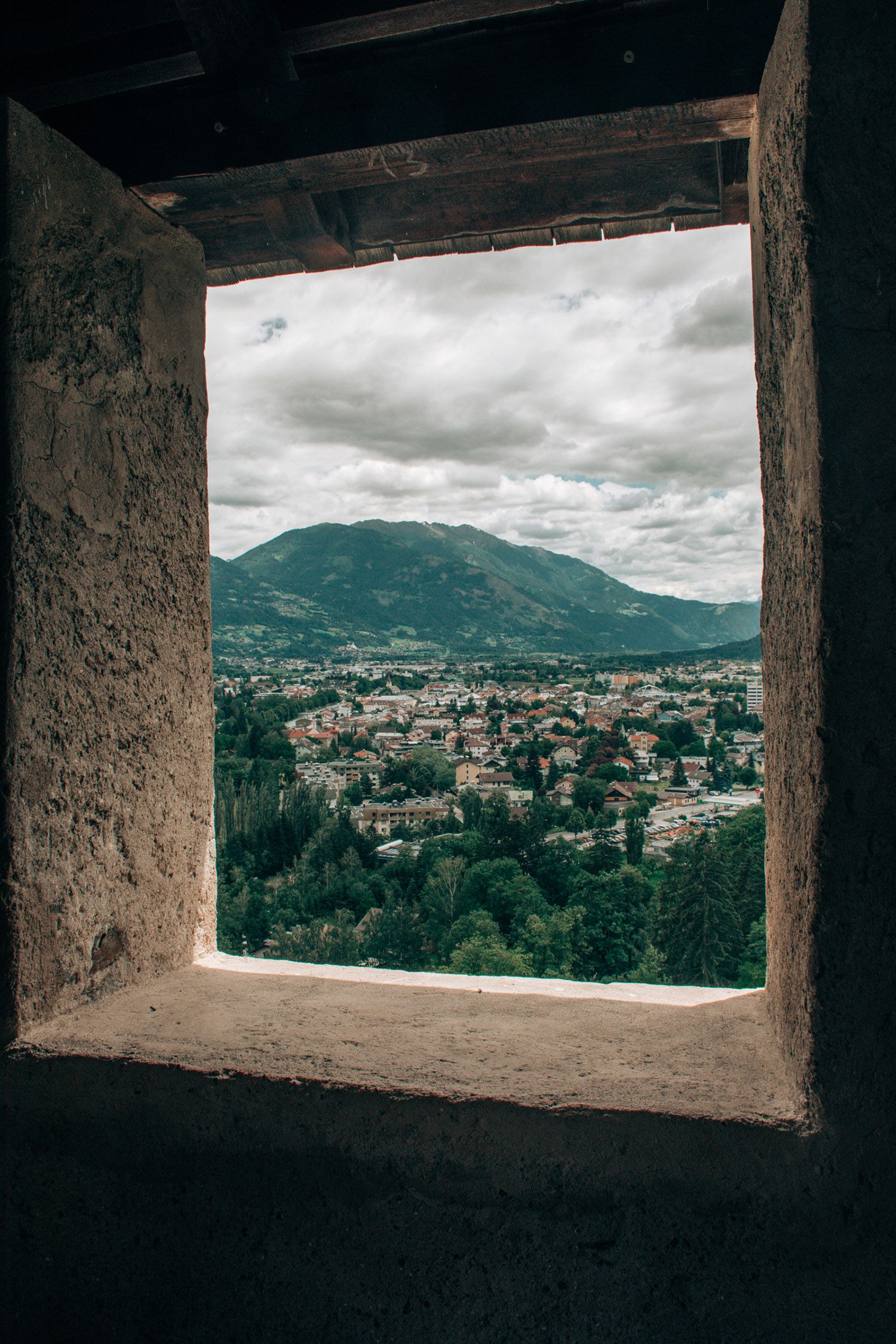
Another "must see" away from the old town is the parish church of St Andrä. An early Christian church stood on the Pfarrbichl as early as the 5th century. The Gothic basilica that stands here today is around 500 years old and has architectural rarity value. The church houses the tomb of Leonhard, the last count of Gorizia. It was only after his death that East Tyrol became part of the Habsburg Empire and thus Tyrol.
The real highlight, however, is the memorial chapel next door. Built at the beginning of the 1920s, the clients had hoped for a glorifying war memorial. However, Albin Egger-Lienz erected a memorial against the war with an emaciated Jesus Christ. This caused a huge scandal that reached as far as the Vatican. If you want to see the chapel with Egger-Lienz's grave, you have to ask for the key at the inn next to the church.
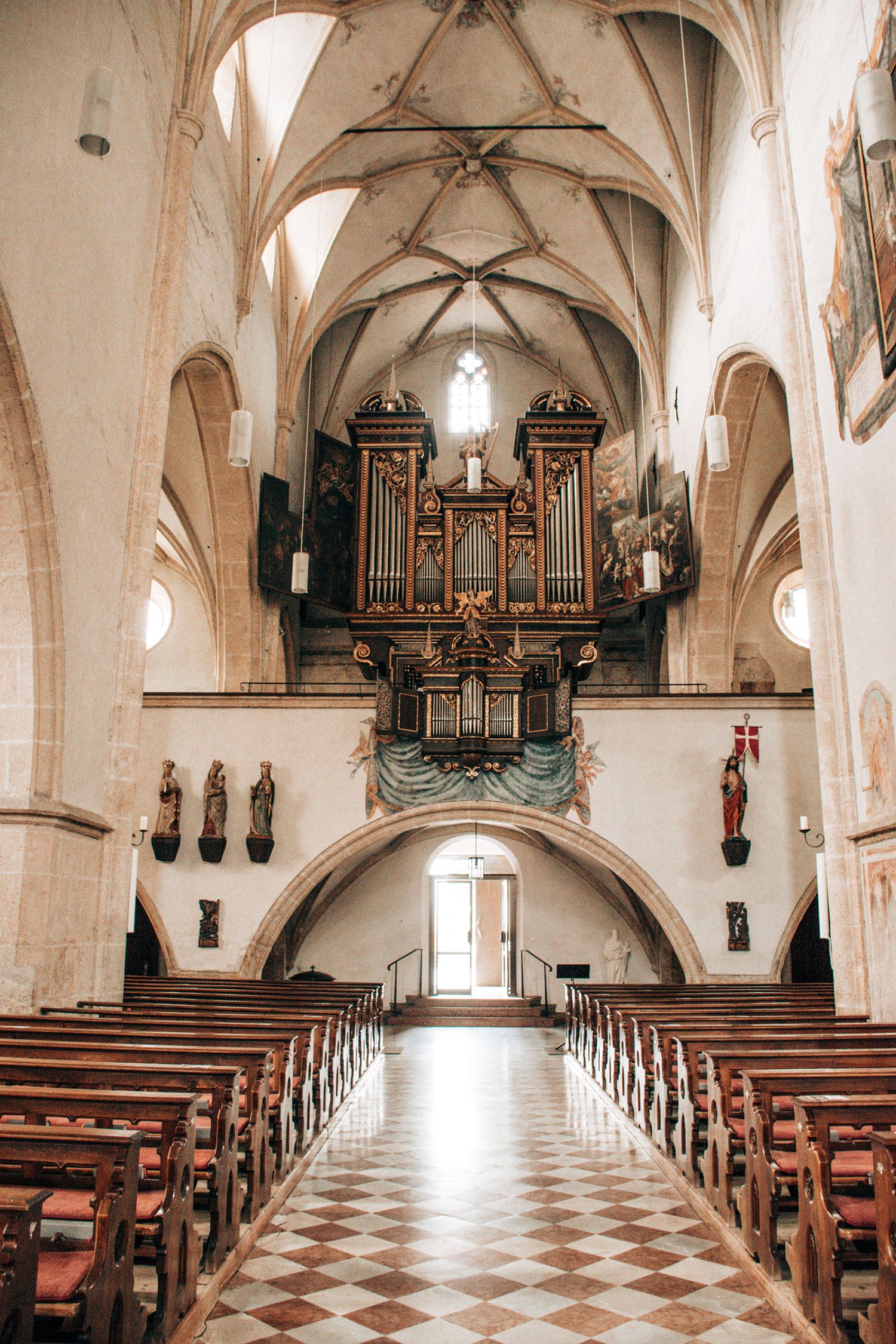
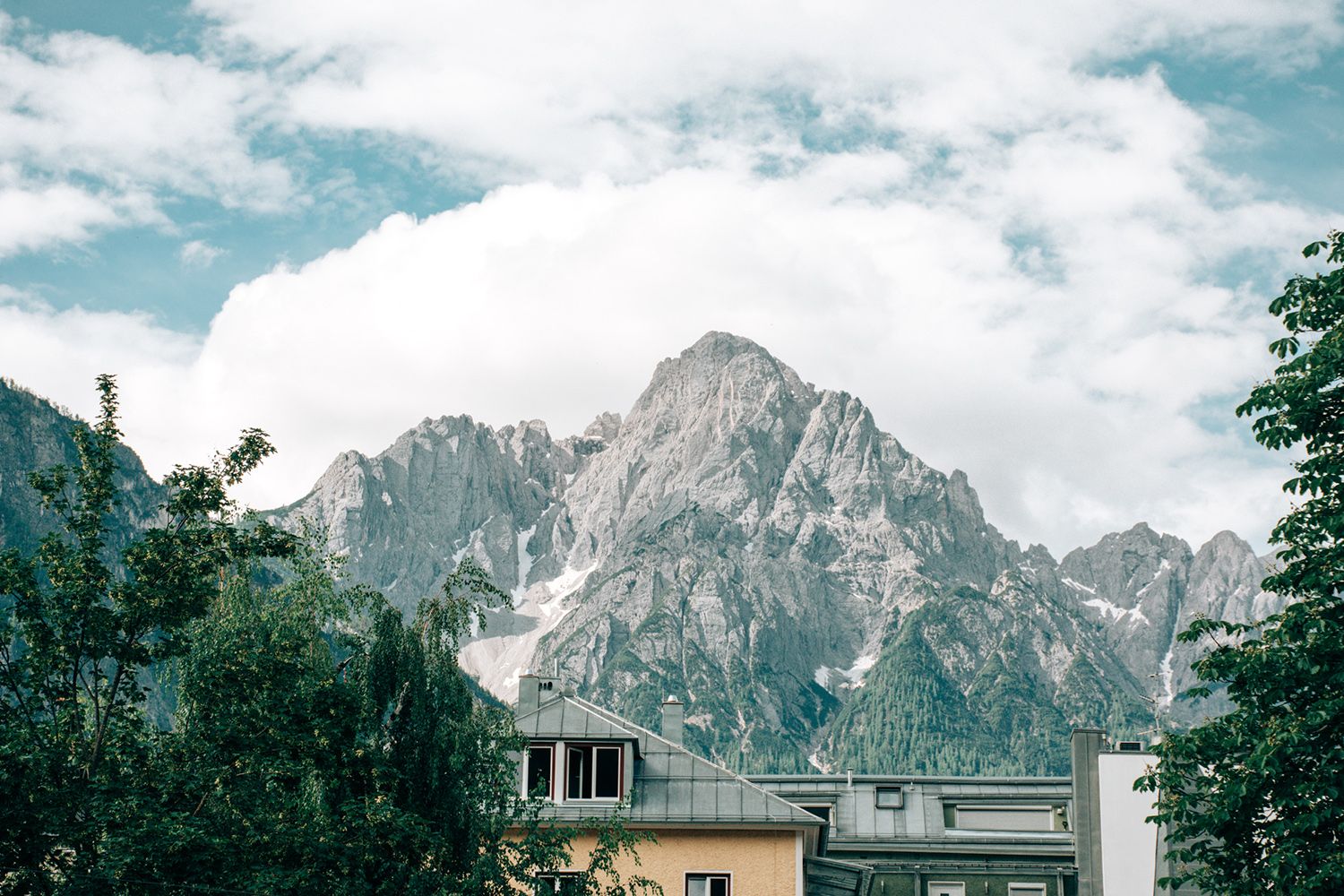
To round off a great day, a visit to the railway museum, which is somewhat hidden away at Lienz railway station, is well worthwhile. It is a journey into the past, which has been lovingly and technically prepared by the "Eisenbahnfreunde Lienz" association on 1,800 square metres. The guided tour can be a little quirky, but is informative and entertaining - even for railway novices. The museum's opening hours are irregular, but admission prices are very moderate.
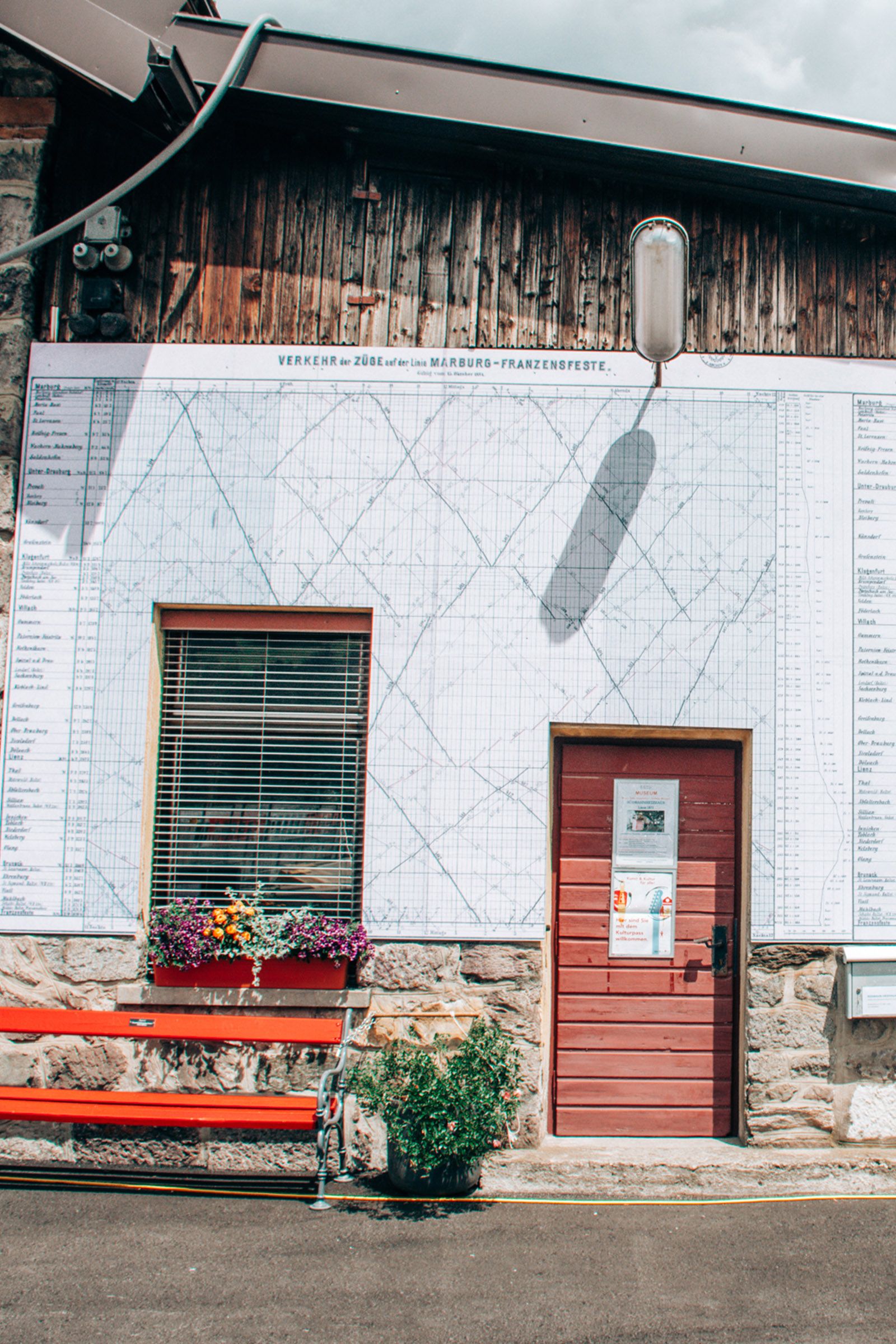
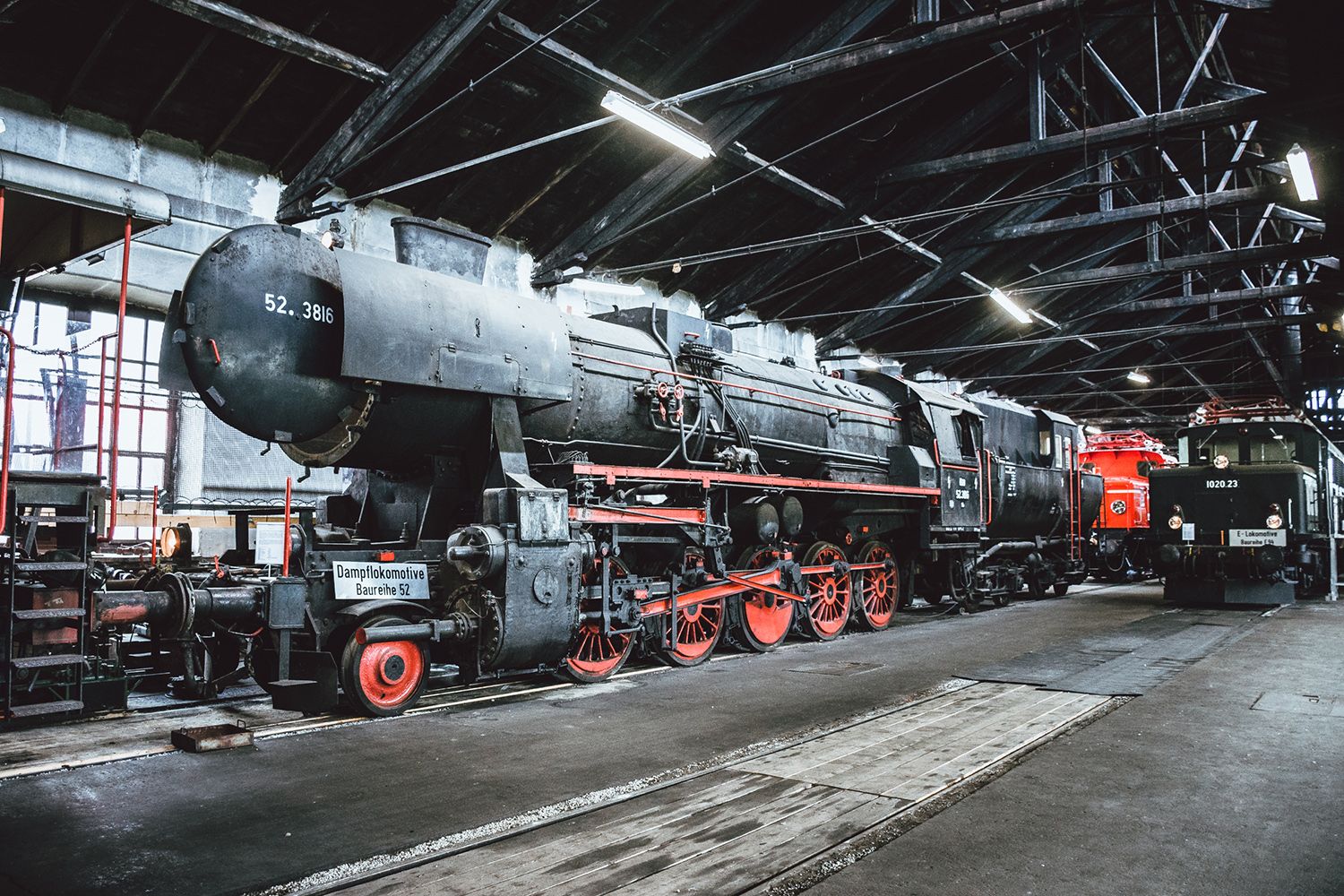
If you have more time, you can discover Lake Tristach, the Zetterfeld railway with its single trails or the historic Roman town ofAguntum. The Hohe Tauern National Park is also always worth a visit.